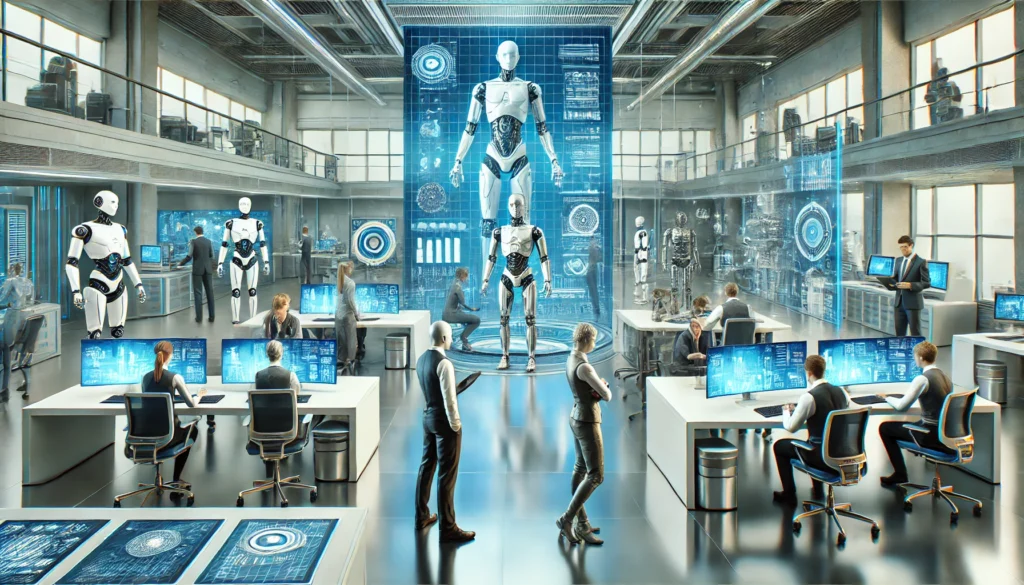Is Tesla a Car or Software on Wheels?

The automotive industry is undergoing a seismic shift, reminiscent of the transformation witnessed in the mobile phone sector over the past two decades. Where once hardware specifications reigned supreme, today, software defines user experience, functionality, and ultimately, success. Tesla, often dubbed a “software company that makes cars,” epitomizes this paradigm shift. But what does it mean for a car to be more software than hardware? And how is this redefining the future of automobiles?
The Evolution of the Automobile: A Parallel with Mobile Phones
In the early days of mobile phones, hardware capabilities—such as battery life, build quality, and physical design—were the primary differentiators. However, with the advent of smartphones, software ecosystems became the cornerstone of user experience. Companies like Apple and Google revolutionized the industry by focusing on operating systems, applications, and seamless connectivity.
Similarly, cars are transitioning from purely mechanical machines to sophisticated, software-driven devices. The emphasis is shifting from horsepower and engine displacement to user interfaces, connectivity, and autonomous capabilities. This transformation is not just incremental; it’s a fundamental reimagining of what a car can be.
The Rise of Software-Defined Vehicles
Advanced Driver Assistance Systems (ADAS)
Modern vehicles are equipped with sensors and cameras that feed data into powerful onboard computers. Tesla’s Autopilot and Full Self-Driving (FSD) features are prime examples of software leveraging hardware to deliver semi-autonomous driving experiences. These systems use machine learning algorithms to interpret real-time data, enabling features like lane keeping, adaptive cruise control, and automatic emergency braking.
Connectivity and Internet of Things (IoT)
Cars are becoming nodes in the vast network of the Internet of Things. They communicate with other devices, infrastructure, and even other vehicles. Over-the-air (OTA) updates allow manufacturers to deploy software enhancements, security patches, and new features without requiring physical interventions. This not only extends the vehicle’s lifespan but also continuously improves user experience.
User Experience and Infotainment
Touchscreen interfaces, voice assistants, and personalized settings are redefining in-car experiences. Tesla’s minimalist interiors focus on large touchscreens that control almost all vehicle functions. Software-driven infotainment systems provide navigation, entertainment, and integration with smartphones, creating a cohesive digital environment.
Energy Management and Efficiency
Electric vehicles (EVs) rely heavily on software for battery management systems (BMS). These systems optimize charging, regulate energy consumption, and extend battery life. Regenerative braking systems convert kinetic energy back into stored electricity, all managed by sophisticated software algorithms.
Predictive Maintenance and Analytics
By continuously monitoring vehicle health through sensors and diagnostics, software can predict component failures before they happen. This not only enhances safety but also reduces maintenance costs. Data analytics provide insights into driving habits, energy consumption, and system performance, enabling both users and manufacturers to make informed decisions.
The Decline of Hardware Dominance
As software takes center stage, traditional hardware components are becoming less prominent. Electric drivetrains have fewer moving parts than internal combustion engines (ICE), reducing weight and mechanical complexity. This leads to improved efficiency and lower emissions. Materials science advancements allow for lighter, stronger materials, further decreasing weight and enhancing performance.
New Players Disrupting the Automotive Landscape
The barriers to entry in the automotive industry are lowering, primarily due to the shift towards software-centric vehicles. Non-traditional automakers like Tesla, Xiaomi, BYD, and potentially Apple are entering the market, leveraging their expertise in software, consumer electronics, and user experience design.
- Tesla has set new benchmarks in software integration, autonomous driving, and direct-to-consumer sales models.
- Xiaomi is leveraging its vast ecosystem of connected devices to create a seamless user experience across different products.
- BYD, originally a battery manufacturer, has become a major EV producer, focusing on vertical integration and technological innovation.
- Apple is rumored to be developing an electric vehicle, potentially bringing its design philosophy and software ecosystem to the automotive world.
These companies threaten traditional automakers who have been slow to adapt to the software-first approach. The emphasis on agility, continuous improvement, and user-centric design is challenging the status quo.
The Road Ahead
The future of cars lies in software. As vehicles become increasingly connected, autonomous, and user-friendly, the importance of software will only grow. Traditional automakers must adapt or risk obsolescence in the face of agile, tech-savvy competitors. The integration of artificial intelligence, machine learning, and advanced analytics will further blur the lines between car and computer.
In the foreseeable future, we can expect cars to become extensions of our digital lives—customizable, updateable, and deeply integrated with the world around us. The question may no longer be whether Tesla is a car or software on wheels, but rather how software will continue to redefine mobility as we know it.






Responses